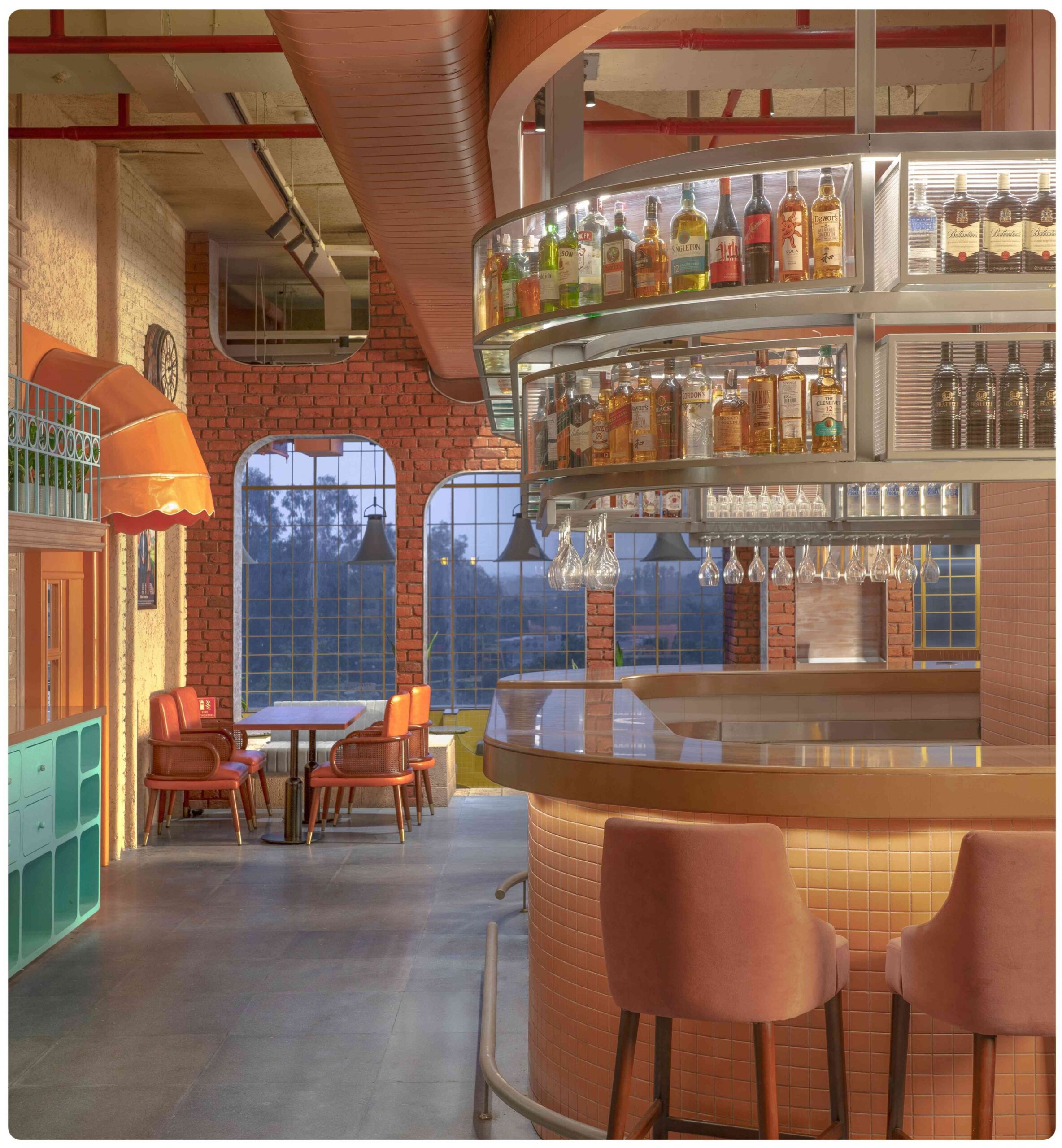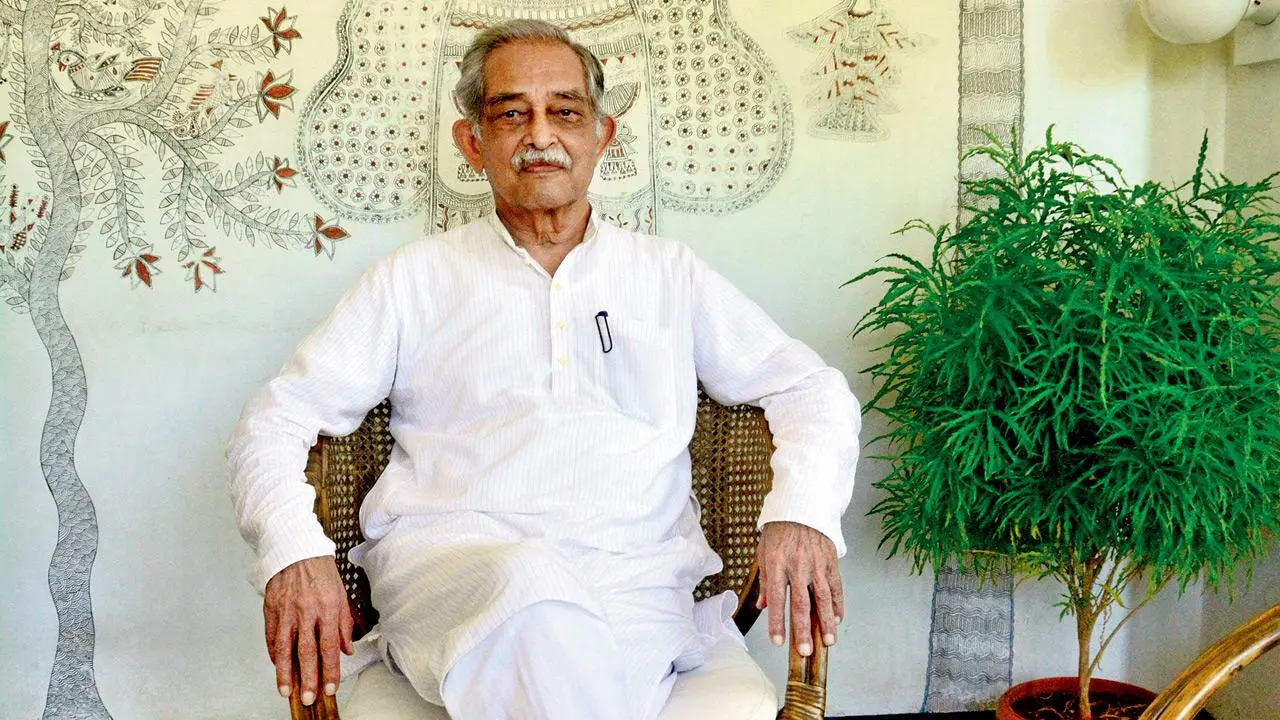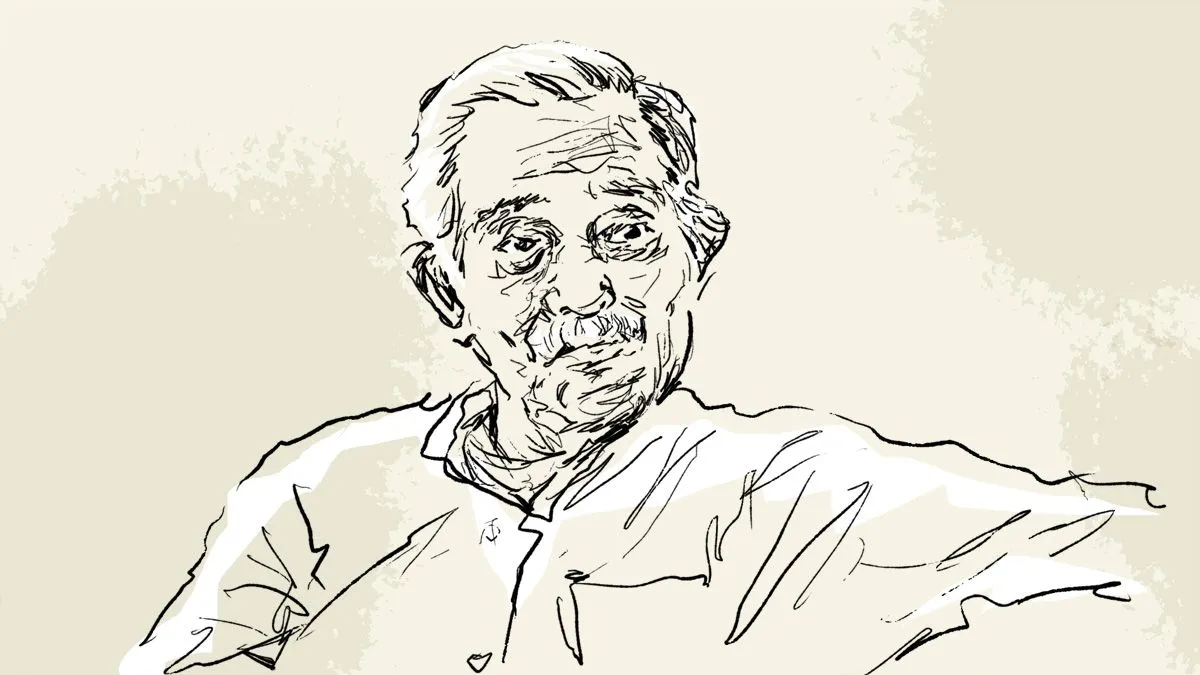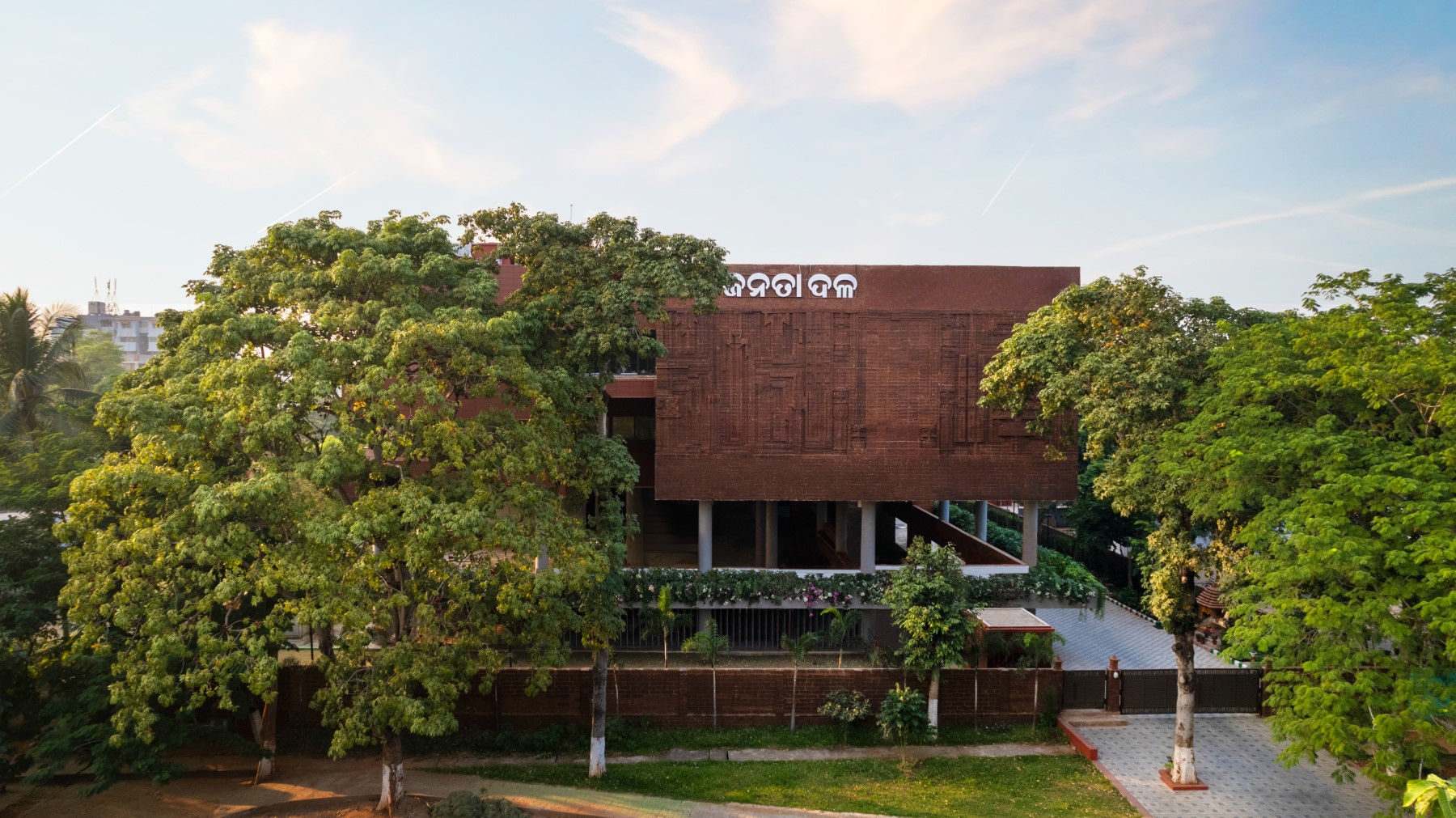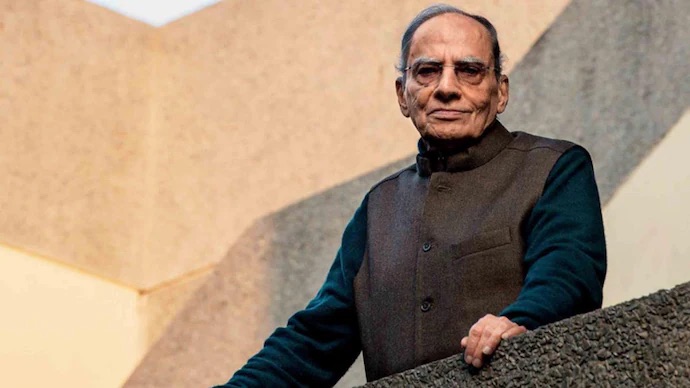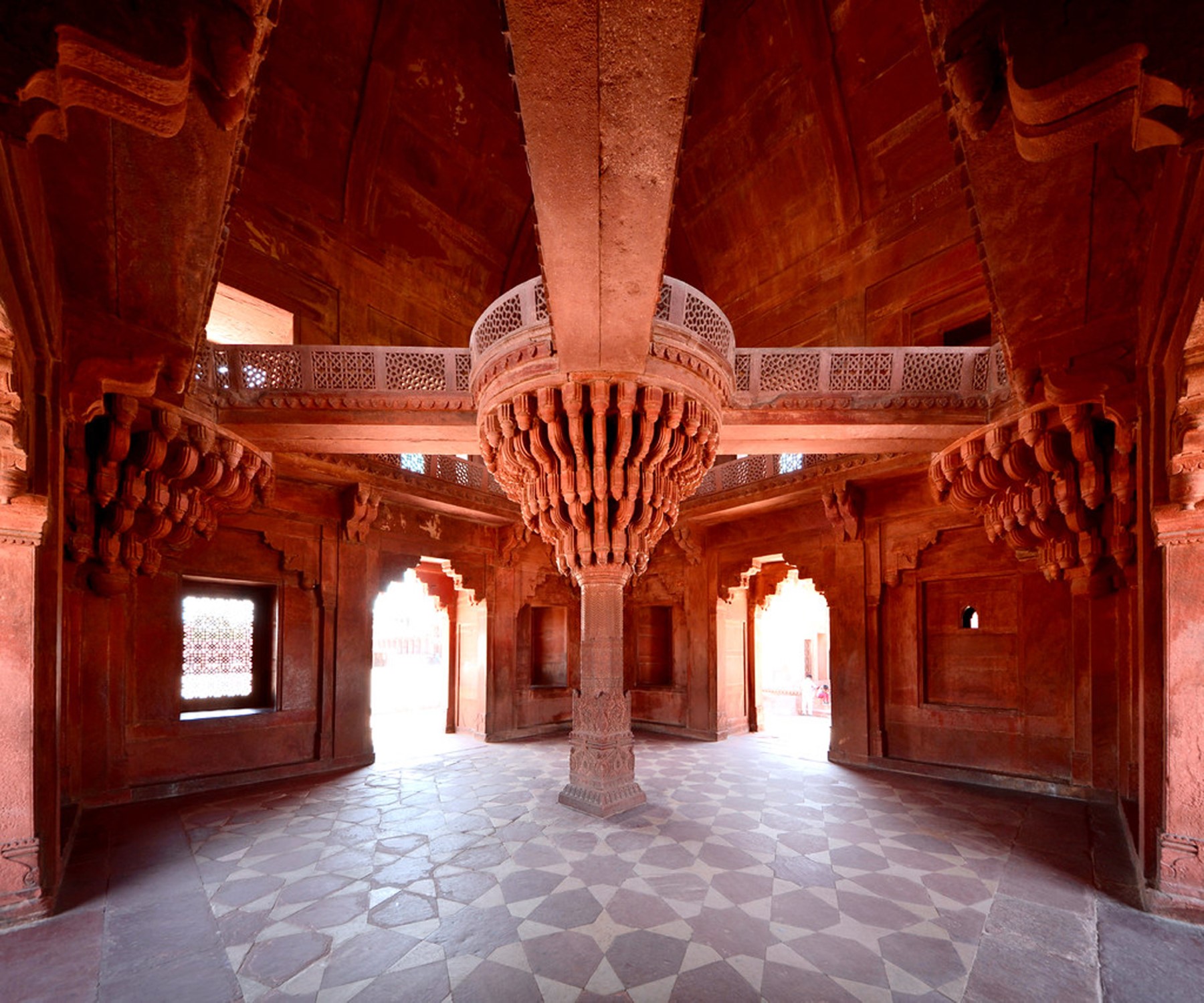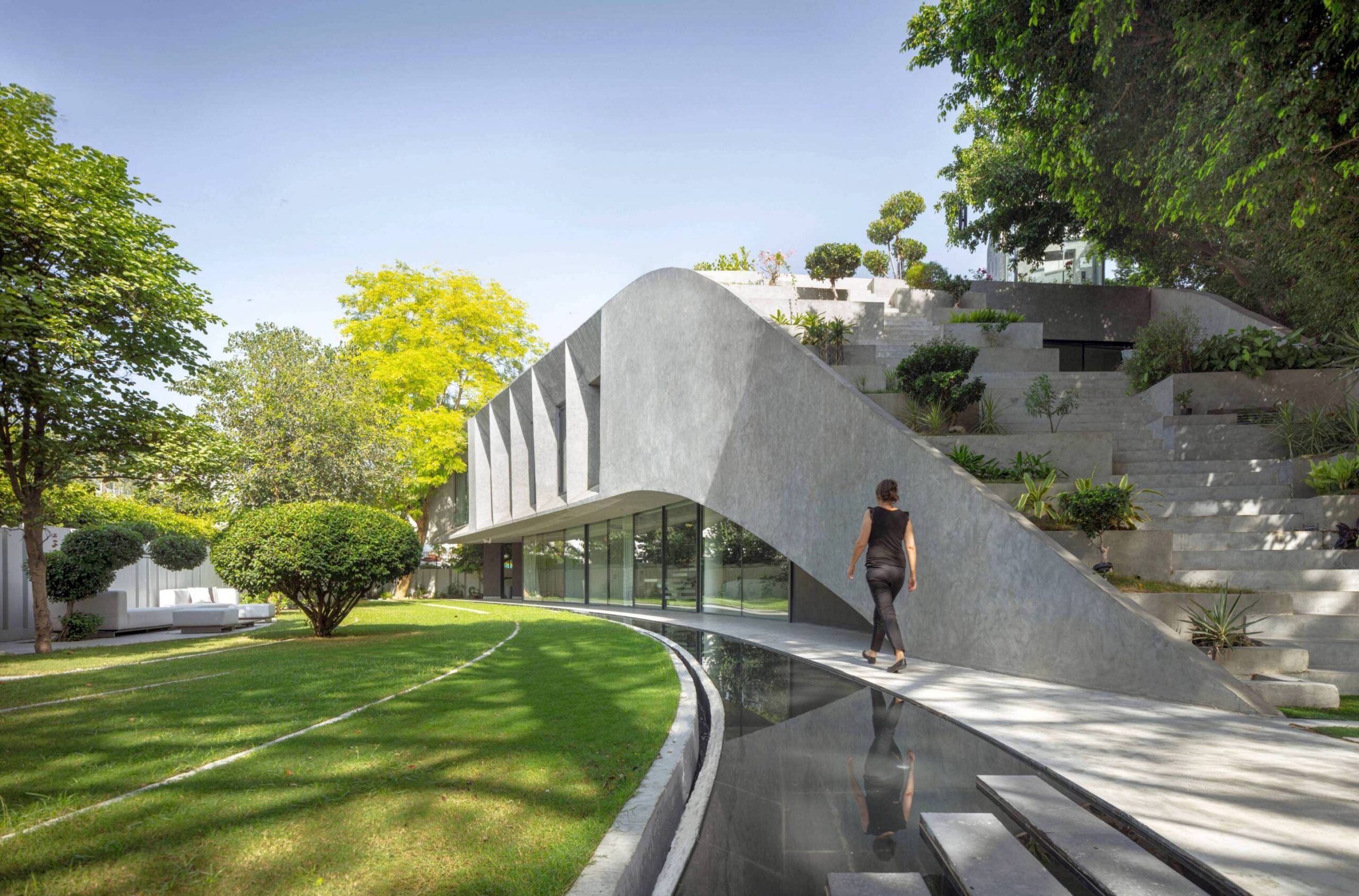
Villa KD45- The client’s design brief was to create a villa with maximum green space and views of the park. The space requirement was to create a villa for one joint family- the client’s brother with his wife and grandparents on the ground floor and he, his wife and son on the first floor. Home theatre, bar and gym were provided in the basement connected with an outdoor staircase and a patio to bring in light.
The site is surrounded by villas on 3 sides, offering views of the neighbourhood park on the shortest, 4th side. Alongside there are three prominent trees on the site, one at the entrance, and two flanking the rear side of the plot. The design brief from the client was to try and retain these trees as much as possible.
Being a joint family the client wanted dual interaction in the house. Firstly, zones of privacy were required for his parents, his brother’s family and his family, and secondly few spaces where all members living in the house could be together.
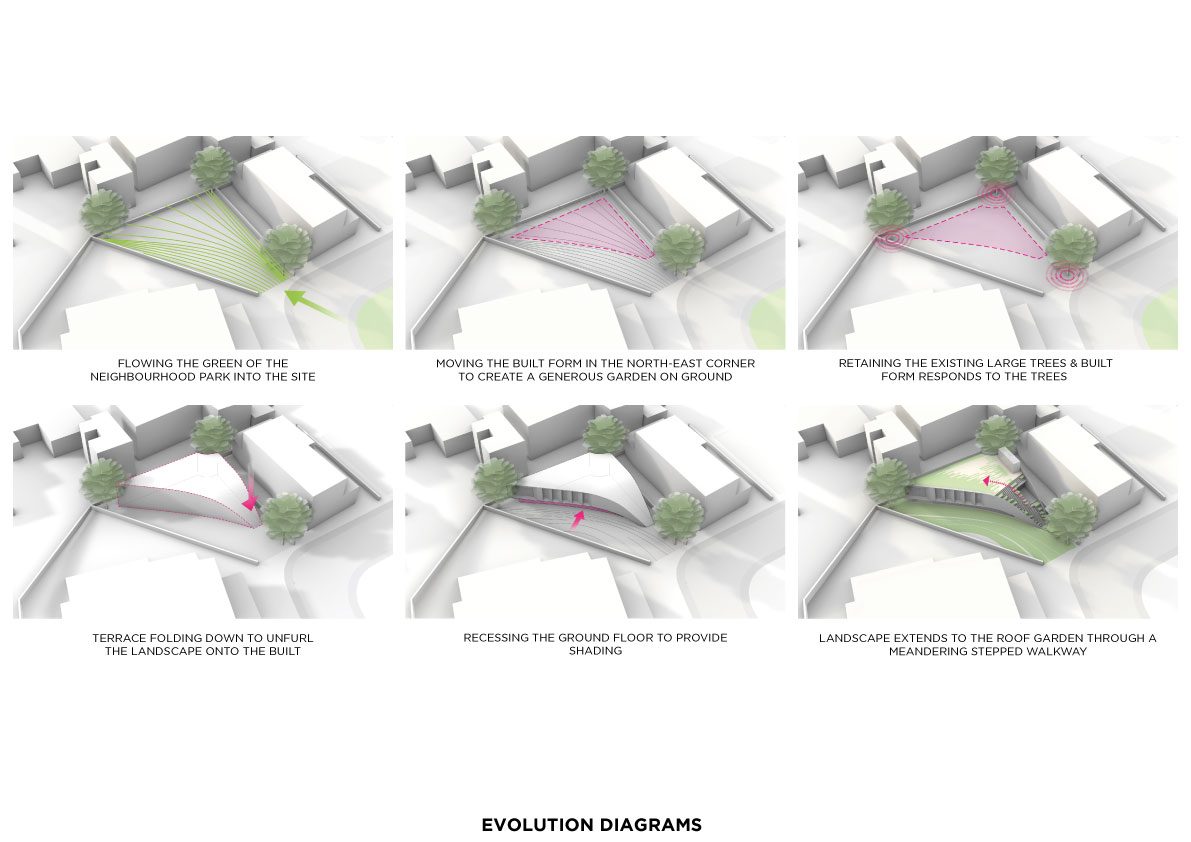
Design Solution – Urban living in the lap of nature
In the urban setting, there is a growing disconnect between the user and nature. With this project we were looking at creating green urban living, to rekindle the relationship of the residents with nature in their immediate surroundings. This villa emerged from the landscape, with the central theme of creating maximum green cover on-site and utilising the views of the park facing the site.
The odd shape of the plot along with the views of the neighbourhood park was used as design drivers. Thematically the design looks at flowing the green of the neighbourhood park in the site, with streamlines emerging from the park facing the southern side and opening up towards the northern edge of the site. This base grid has been used to define the built-form and landscape zones such as water bodies, hardscape and soft scape.


The built form is strategically placed on one edge of the site, resulting in a generous landscaped garden on the west side of the plot which opens up to the double-height family living & dining, thereby extending into an outdoor living room. The built form emerges from the landscape and blends the ground floor to the roof of the building, creating an outdoor connective spine for the villa. This meandering stepped walkway has outdoor space on the first floor with outdoor shaded seating which further connects to the terrace. This outdoor terrace space created on the first floor acts as a balcony as well as a direct entrance to the first-floor apartment. The landscape garden on the terrace enjoys the views of the neighbourhood park with a feeling of being nested with nature. These three outdoor spaces have different usability based on the time of the day and the season of the year.
Existing trees on site have been retained in the design and the shading from these trees has been used to create ambient outdoor spaces, which could be used in the extreme climatic conditions of Delhi NCR.
The design intent was to create a dichotomy in the façade with the lower façade being light in nature and a heavy volume floating on top of it. The ground floor has a glass façade to connect with outdoor green spaces, and the first floor has punched windows carved out of concrete to minimize heat gain as this façade is directly exposed to the sun.
A double-height living, dining and open kitchen space combines the two family floors into one zone of family living and thereby strengthening the family connectivity.
Sustainable design strategies have been inculcated in the design, to create ambient indoor and outdoor spaces. The ground floor has a deep cantilever on the southwest and east-facing façade to cut the harsh summer sun. Water bodies are provided on the ground floor and terrace to promote evaporative cooling. The roof of the building is a landscaped terrace with earth and grass, this helps further to cut down the direct heat gain of the villa.
Sustainability
Given the hot climatic conditions of Delhi-NCR, this project has been designed for human comfort both indoors and outdoors. A shallow water body on the ground floor has been placed in the path of the wind direction, helping in evaporative cooling. The main southwest-facing facade on the ground is recessed to block the direct sunlight during the day while maintaining a seamless visual connection to the outside. In the early evening, some rays of sunlight animate the interior. The upper floor of the building is made of concrete with windows recessed back to cut the south sun.
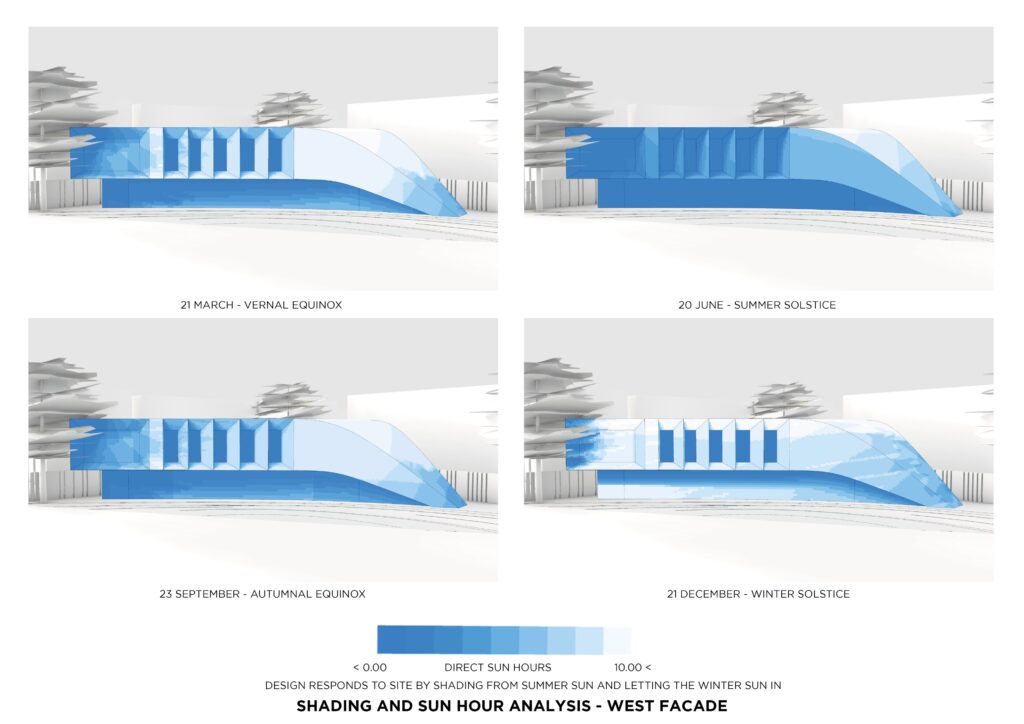
The three existing trees on site have been retained, creating zones of shadow in the landscape and also helping in reducing the sun exposure of the villa. The green cover on the terrace as well as the meandering steps, ensure a reduction of direct heat gain. Wind direction was taken into account for cross ventilation in the house.
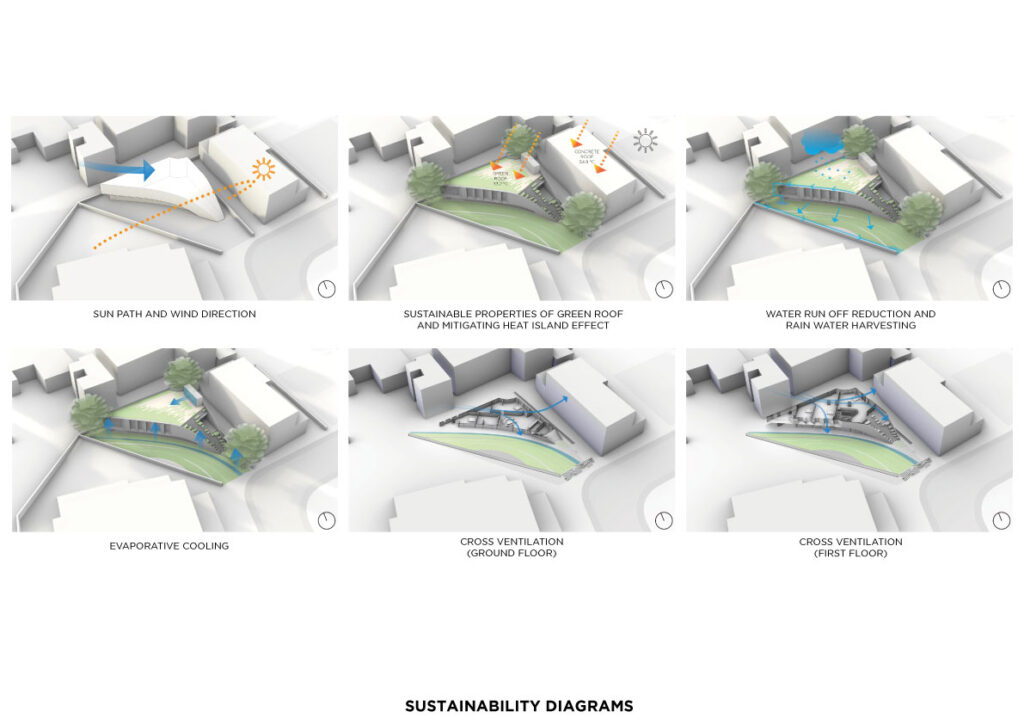
Drawings
Images
















Project Facts
Location: Delhi NCR, Ghaziabad
Site Area: 1081 sqm
Built-up area: 1100 sqm
Design: Amit Gupta, Britta Knobel Gupta
Project Lead: Kartik Misra, Nitish Talmale
Project Architect: Govinda Dey
Team: Krishan Sharma, Anjan Mondal, Arun Marigoudra, Ankit Verma, Sakshi Raghav, Samiksha Verma, Vishakha Sharma, Dhriti Sharma
Photographer: Niveditaa Gupta
Consultants
Structure: Acecon
MEP: DBHMS
Lighting: Luminars














